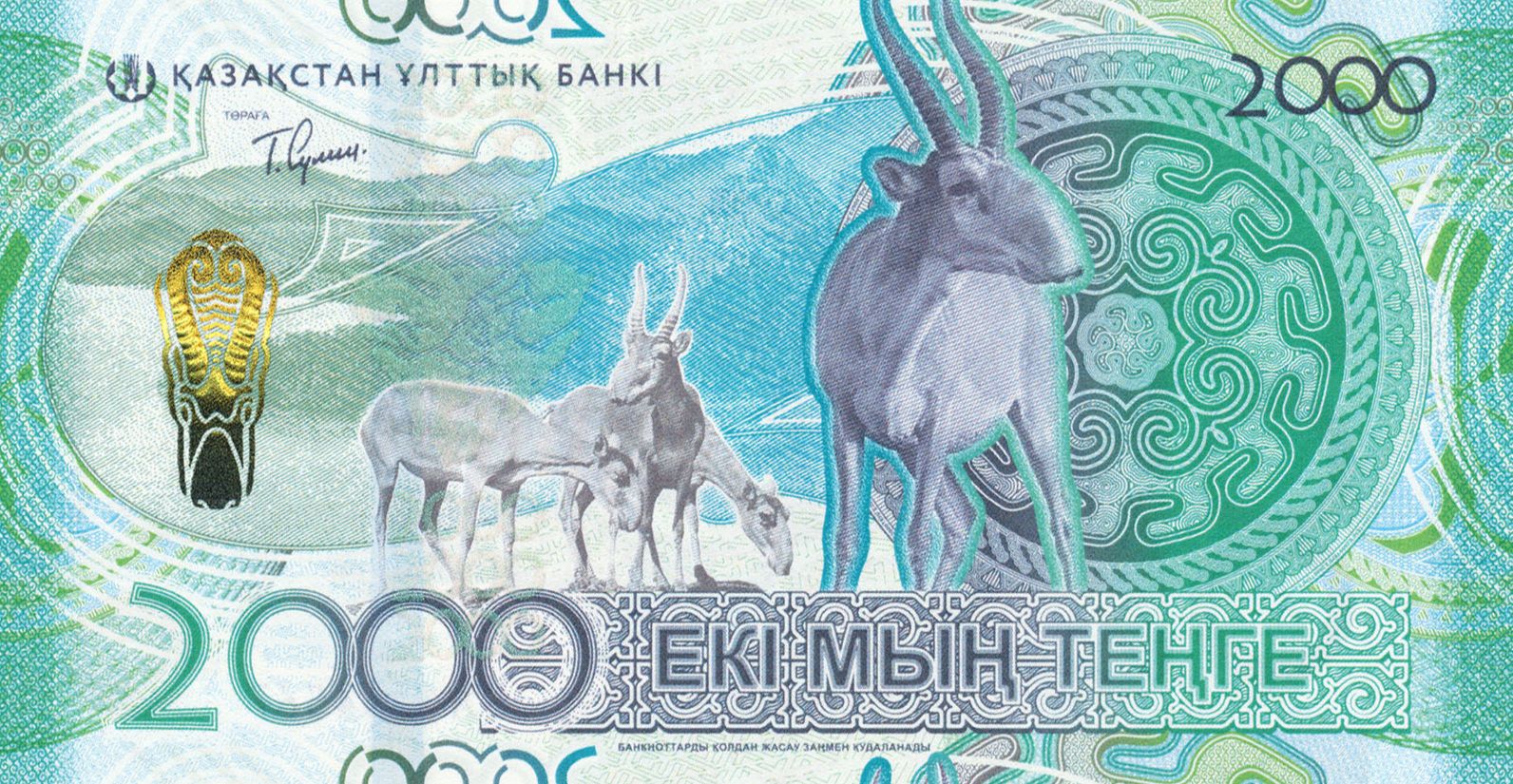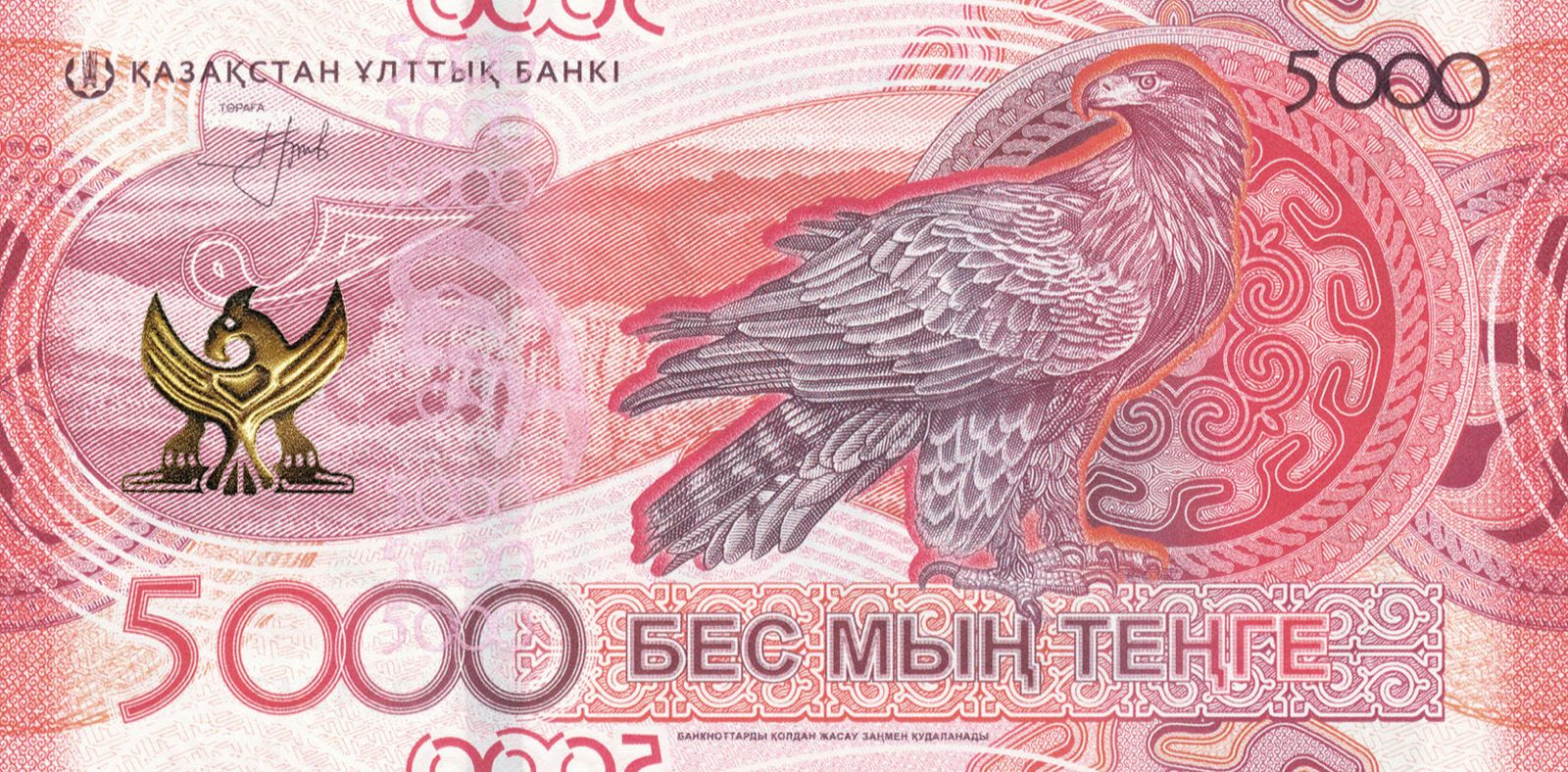ASTANA — Today marks the 30th anniversary of the Kazakh national currency, the tenge, a significant milestone in the nation’s economic history. The introduction of the tenge on Nov. 15, 1993, marked a crucial step towards financial independence and sovereignty as the country transitioned from the Soviet ruble to its distinctive currency, Kazinform agency reported.

The old version of tenge. Photo credit: Tengrinews.
The journey towards adopting the tenge began with the decree of former President of Kazakhstan Nursultan Nazarbayev in November 1993. The decision to introduce the national currency was challenging, primarily driven by economic considerations.
On Nov. 12, 1993, a crucial decree was issued to introduce the tenge into circulation. Nov. 15 is now celebrated not only as the anniversary of the tenge but also as a professional holiday for Kazakhstan’s financial system employees.
The national currency’s design resulted from the collective efforts of a group of skilled Kazakh specialists. Notably, designers Khairulla Gabzhalelov, Timur Suleimenov, Mendybai Alin, and Agimsaly Duzelkhanov played a pivotal role in creating sketches for all denominations of the new banknotes. The absence of domestic facilities for printing banknotes and minting coins led to collaboration with Harrison and Sons, the oldest banknote factory in Great Britain.

National Bank presented a new series of banknotes on Nov. 15. Photo credit: National Bank.
In a meticulous process, Kazakh designers, with the assistance of their British counterparts, mastered the technology of working with paper and printing. The result was four versions of the tenge, each with distinct features. The chosen design for the first batch of tenge included portraits of notable figures from various regions of Kazakhstan, such as Al Farabi, Suyunbai, Kurmangazy, Shokan Ualikhanov, Abai, Abulkhair Khan and Abylai Khan.
The reverse side of the banknotes showcased breathtaking views of Kazakhstan’s natural beauty, including Burabay, Trans-Ili Alatau, Lake Balkhash, and images of architectural monuments. The careful consideration of various factors, including the ease of distinguishing banknotes through different pictures and colors, demonstrated the dedication to creating a distinctive and secure currency.

Photo credit: National Bank.
Initially printed in the United Kingdom, the tenge saw the opening of its banknote factory in 1995, signaling Kazakhstan’s growing economic autonomy. The currency’s high quality, original design, excellent workmanship, and robust security against falsification have earned it recognition and admiration internationally.
Notably, the Kazakh tenge received its first accolade in 2011 when the 10,000 tenge note commemorating the 20th anniversary of the country’s independence won a competition held by the International Banknote Collectors Association (IBNS).

